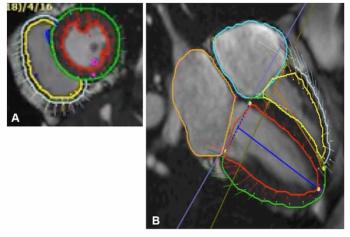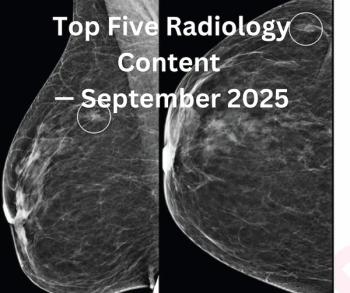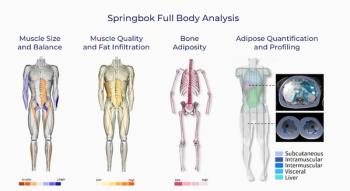
X-ray angio misses anomalies
While most congenital coronary anomalies in adults are harmless, some carry significant risk of morbidity and mortality. Discriminating the potentially catastrophic interarterial course of ectopic coronary arteries from other variants is crucial.
While most congenital coronary anomalies in adults are harmless, some carry significant risk of morbidity and mortality. Discriminating the potentially catastrophic interarterial course of ectopic coronary arteries from other variants is crucial.
For the most part, information obtained from catheter angiography is sufficient to diagnose coronary abnormalities. But in complex cases of anomalous courses around the great vessels, angiography's diagnostic ability is limited by its lack of 3D capability and its inability to depict adjacent soft-tissue structures, according to a study of 28 patients by Turkish researchers. Their results were published in Catheterization and Cardiovascular Interventions in September.
In these cases, the investigators found that electron-beam CT was better than catheter angiography for identifying the adult patients with congenital coronary artery defects who were most at risk.
The data from this EBCT study are transferable to multislice CT, but MSCT requires the use of beta blockers and delivers three times the radiation exposure, according to lead author Dr. Esat Memisoglu, now an assistant professor of radiology at St. Louis University Hospital.
Newsletter
Stay at the forefront of radiology with the Diagnostic Imaging newsletter, delivering the latest news, clinical insights, and imaging advancements for today’s radiologists.



























